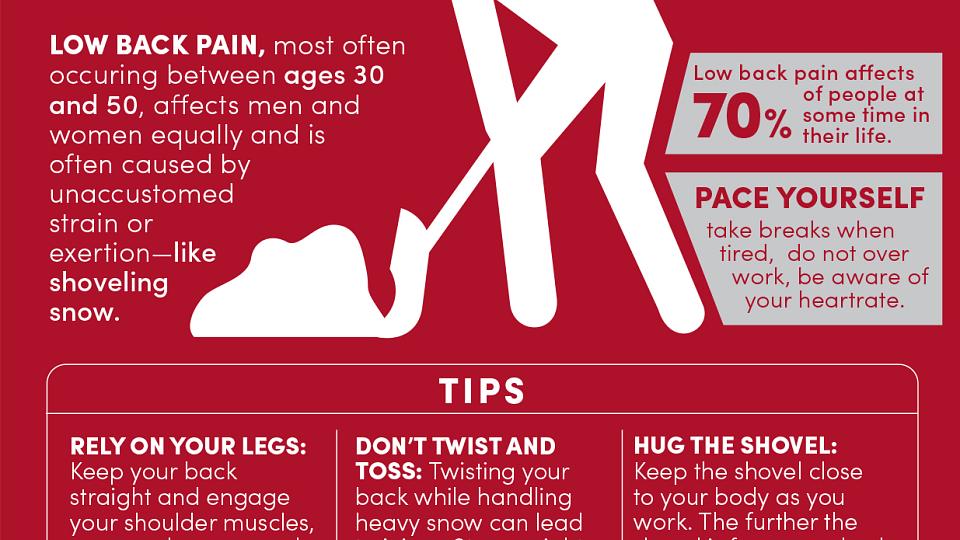
Rethinking Back Pain Treatments
Low back pain is the leading cause of disability around the world. It's estimated that more than 100-billion dollars is spent in the U.S. alone each year on treatments—more than almost any other health condition. And now there is growing concern that much of that money is being spent on treatments that either don't work, or make the condition worse.
"It's time to call attention to the problem of back pain and back pain management," says Julie Fritz, PhD, an adjuct faculty member in the Department of Orthopaedics at University of Utah Health. "We need to look at how we can do better as health care systems."
Currently opioid medications are among the most prescribed treatments for back pain and surgery is used at a higher rate in the U.S. than anywhere else in the world. In a series of essays published in The Lancet, Fritz and others lay out why those treatments and others are often ineffective and that these alternatives should be considered instead:
1. Exercise
All too often people with back pain let it sideline them. Instead they should keep moving with low impact aerobic exercises. People who stay active recover more quickly. And exercise is the one thing that may actually reduce the risk that back pain will begin or return.
"That's one thing we know for sure," Fritz says. "The more active people are better off. Advocating that people rest is not the best advice."
2. Avoid Opioids
Medication is often a frontline for treating back pain. It's time to consider other initial strategies—especially with the growing opioid addiction epidemic in the U.S. Recent studies have shown opioid painkillers are no better for treating chronic pain than non-opioid medication.
"It doesn't make sense to think of opioid medication as a first line approach," Fritz says. "They aren't helpful and they come with the risk of serious side effects."
3. Improve Your Mindset
Back pain is a condition that can become chronic for many people but patients can, and do, get better. Having the expectation that the pain will ease may make it a reality sooner rather than later.
"Even though episodes can be extremely painful we know it gets better," Fritz says. "We need to encourage patients to have a positive expectation that movement is the best thing for them and that they will recover."
4. Seek Help
Patients need to know that help is available, and not in the form of a scalpel, an injection, or a prescription pad. Instead, they should seek out treatments to help them stay active. They also can get help from counselors to assist with depression or other emotional issues related to the pain.
Changing the way back pain is treated will improve the lives of patients and save millions in health care costs. It all starts with looking at what actually works, and what does not.
"If we think about it differently we can treat it differently," Fritz says.


